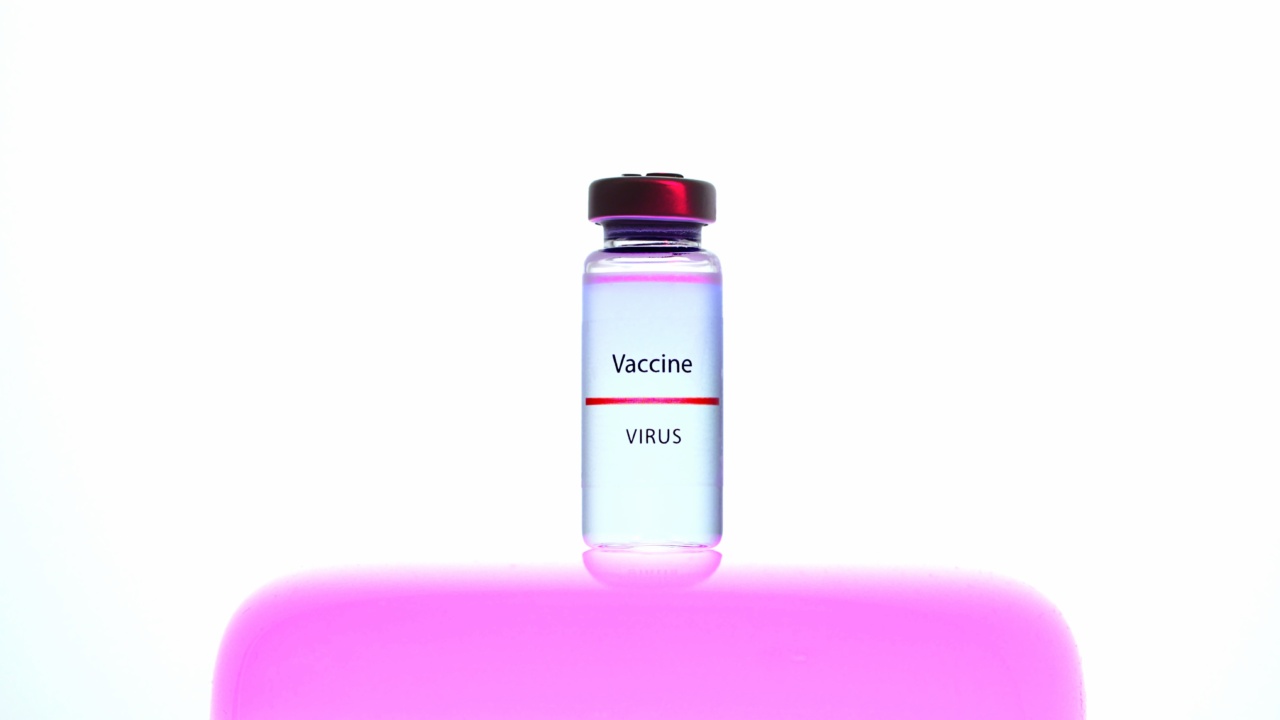In recent years, therapeutic drug injection programs have emerged as critical components of healthcare delivery, providing patients with efficient and targeted treatment options.
These programs involve the administration of medication through injection for various conditions such as chronic pain, cancer, autoimmune diseases, and mental health disorders. However, ensuring maximum hospital coverage for these programs remains a challenge.
This article explores strategies and initiatives that hospitals can undertake to expand access to therapeutic drug injection programs, ultimately maximizing patient care and outcomes.
1. Assessing Patient Needs and Demand
The first step towards maximizing hospital coverage for therapeutic drug injection programs is to assess patient needs and demand.
Hospitals should conduct comprehensive studies to identify prevalent health conditions in their catchment area, treatment options available, and the scope for implementing therapeutic drug injection programs. Collaboration with local healthcare authorities, primary care physicians, and specialists can provide valuable insights and ensure accurate identification of patient needs.
2. Establishing Collaborative Partnerships
Collaborative partnerships with pharmaceutical companies, medical device manufacturers, and other healthcare organizations can play a crucial role in maximizing hospital coverage for therapeutic drug injection programs.
These partnerships can help hospitals secure necessary resources, access technology advancements, and gain expertise in implementing and managing these programs. By working together, hospitals can expand their service capabilities and enhance patient care.
3. Investing in Staff Training and Education
Hospitals should prioritize staff training and education to effectively manage therapeutic drug injection programs.
This includes providing specialized training to nurses, physicians, and other healthcare professionals involved in administering injections. Comprehensive education programs should encompass medication safety, injection techniques, understanding potential side effects, and patient monitoring.
Well-trained staff can ensure safe and efficient delivery of injections while minimizing complications.
4. Developing Robust Infrastructure and Facilities
To maximize hospital coverage for therapeutic drug injection programs, it is crucial to invest in robust infrastructure and facilities.
Dedicated injection clinics or units equipped with state-of-the-art technology can streamline the administration process and enhance patient experience. Hospitals should consider factors such as comfortable waiting areas, proper sanitation, and efficient workflow design to provide a patient-friendly environment that supports the effectiveness of these programs.
5. Implementing Telehealth and Remote Monitoring
Incorporating telehealth and remote monitoring capabilities can significantly expand hospital coverage for therapeutic drug injection programs.
Through virtual consultations and remote patient monitoring, healthcare providers can overcome geographical barriers and reach patients in remote areas. This approach reduces the need for frequent hospital visits and enhances convenience for patients.
Additionally, telehealth platforms allow for real-time monitoring of patients’ progress, ensuring timely interventions and adjustments to the treatment plan.
6. Advocating for Policy Changes
Hospitals can maximize coverage for therapeutic drug injection programs by advocating for policy changes at regional and national levels.
By collaborating with healthcare associations and professional organizations, hospitals can push for favorable reimbursement policies, increased funding, and improved regulatory frameworks. These policy changes can reduce financial burden on patients, encourage healthcare providers to offer these programs, and enable greater access to therapeutic drug injections.
7. Engaging in Community Outreach
Effective community outreach initiatives can promote awareness and understanding of the benefits of therapeutic drug injection programs among the general public.
Hospitals can organize educational seminars, workshops, and informational campaigns to reach out to various community groups and healthcare stakeholders. By engaging the community, hospitals can influence public opinion, destigmatize these treatment options, and increase demand for therapeutic drug injection programs.
8. Research and Development
Investing in research and development is crucial for expanding hospital coverage for therapeutic drug injection programs.
Hospitals can collaborate with academic institutions, research centers, and pharmaceutical companies to explore innovative drug delivery methods, develop new treatment protocols, and enhance the overall effectiveness of therapeutic drug injection programs. Continued research and development efforts drive progress and contribute to improved patient outcomes.
9. Quality Assurance and Continuous Improvement
To maximize hospital coverage for therapeutic drug injection programs, hospitals must focus on quality assurance and continuous improvement.
Ongoing evaluation of program outcomes, patient satisfaction, and adherence to best practices allows hospitals to identify areas for enhancement. Implementing feedback mechanisms and incorporating quality improvement initiatives ensure that these programs consistently meet patient needs and deliver optimal results.
10. Collaboration with Payers and Insurance Providers
Collaboration with payers and insurance providers is vital for maximizing hospital coverage for therapeutic drug injection programs.
Hospitals can engage in negotiations and partnerships with these entities to secure favorable coverage, ensuring that patients can access these treatment options without incurring significant financial burdens. Demonstrating the cost-effectiveness and positive patient outcomes associated with therapeutic drug injection programs can help hospitals make a compelling case for coverage and reimbursement.
Conclusion
Maximizing hospital coverage for therapeutic drug injection programs is essential for delivering comprehensive patient care.
By following strategies such as assessing patient needs, establishing partnerships, investing in staff training, developing infrastructure, implementing telehealth, advocating for policy changes, engaging in community outreach, promoting research and development, ensuring quality assurance, and collaborating with payers, hospitals can expand access to these vital treatment options. By prioritizing these initiatives, hospitals can effectively meet patient needs and improve healthcare outcomes, ultimately enhancing the overall well-being of the communities they serve.





























